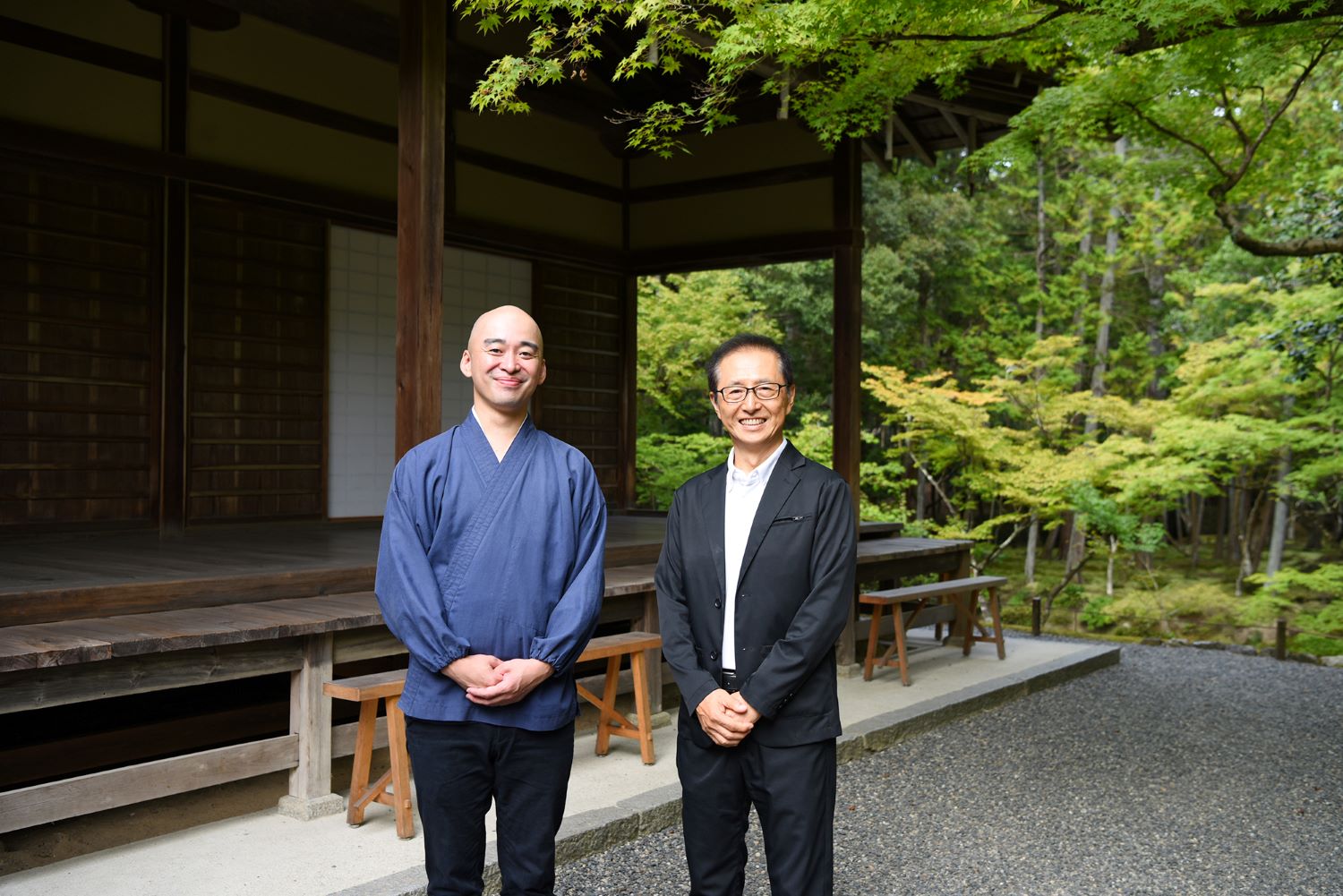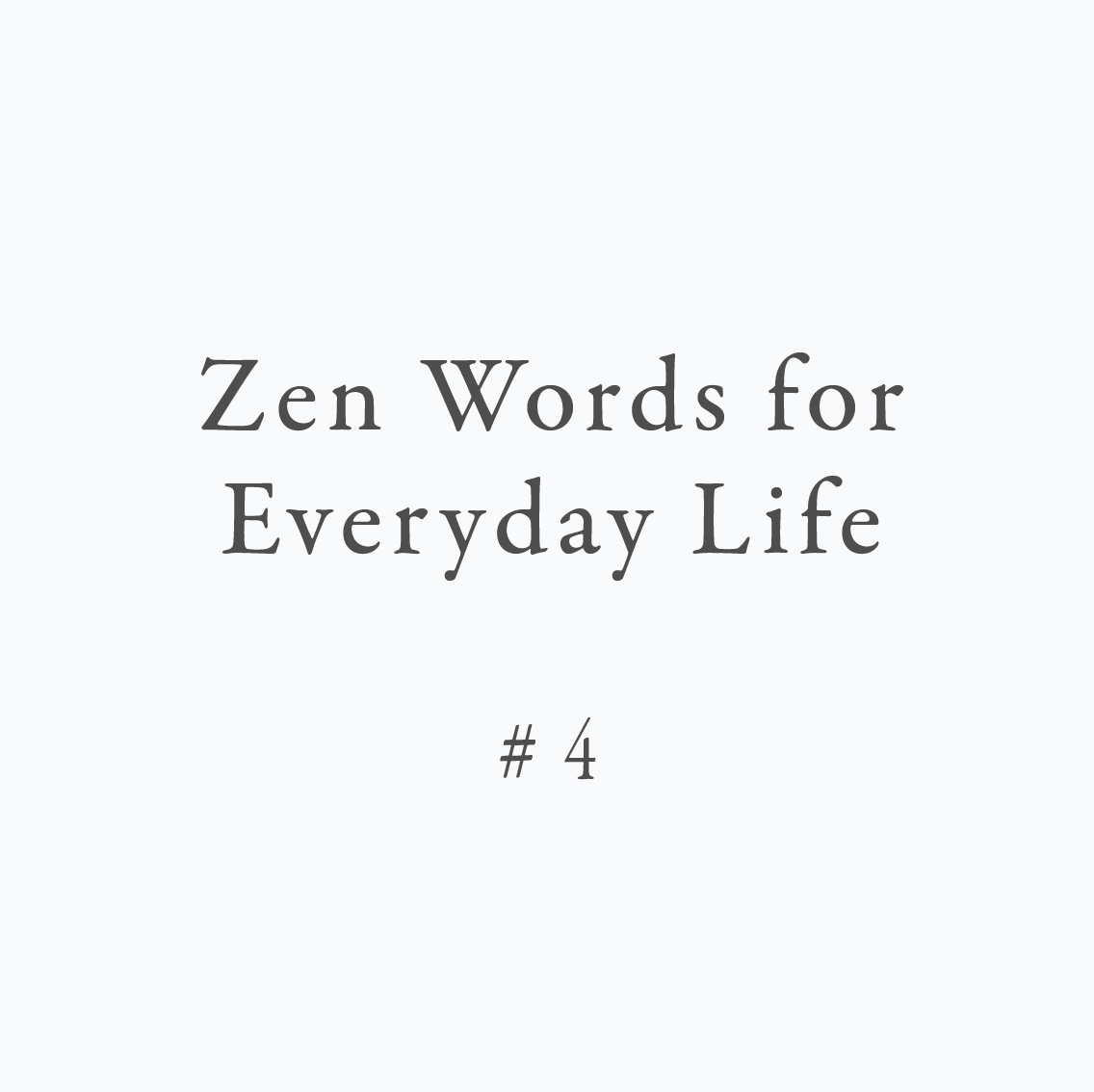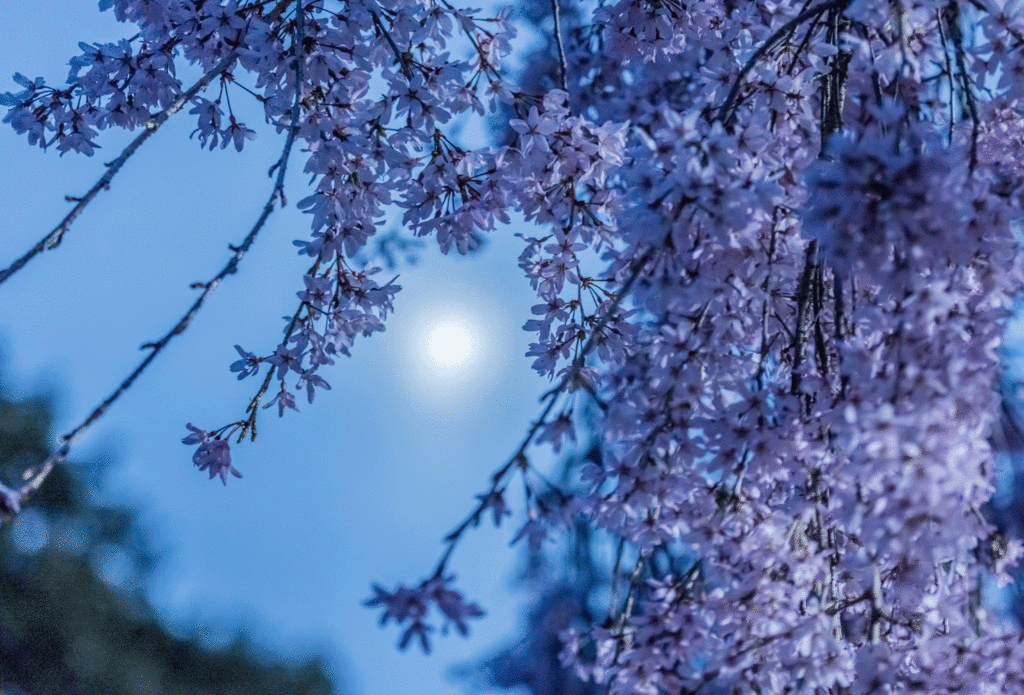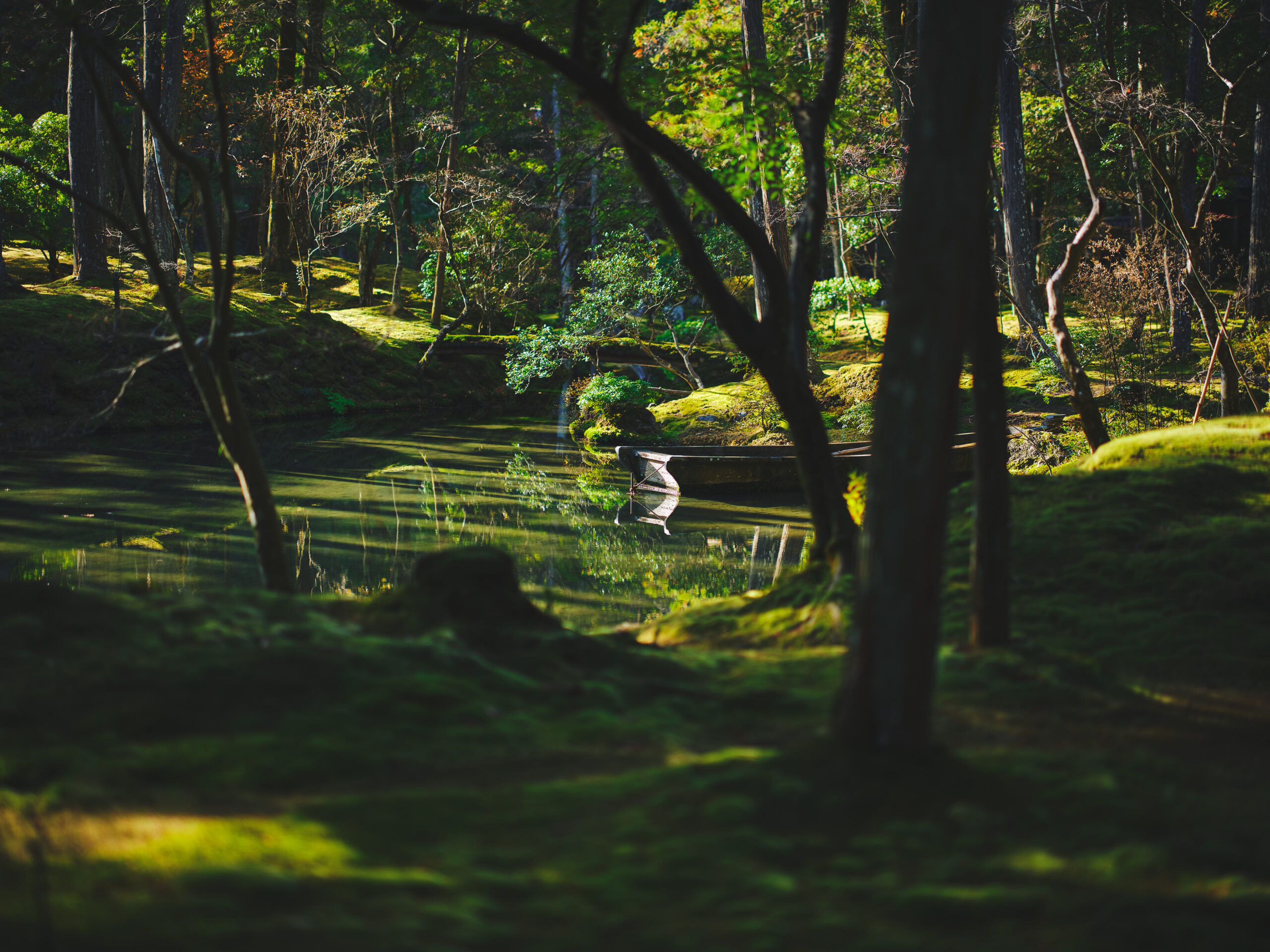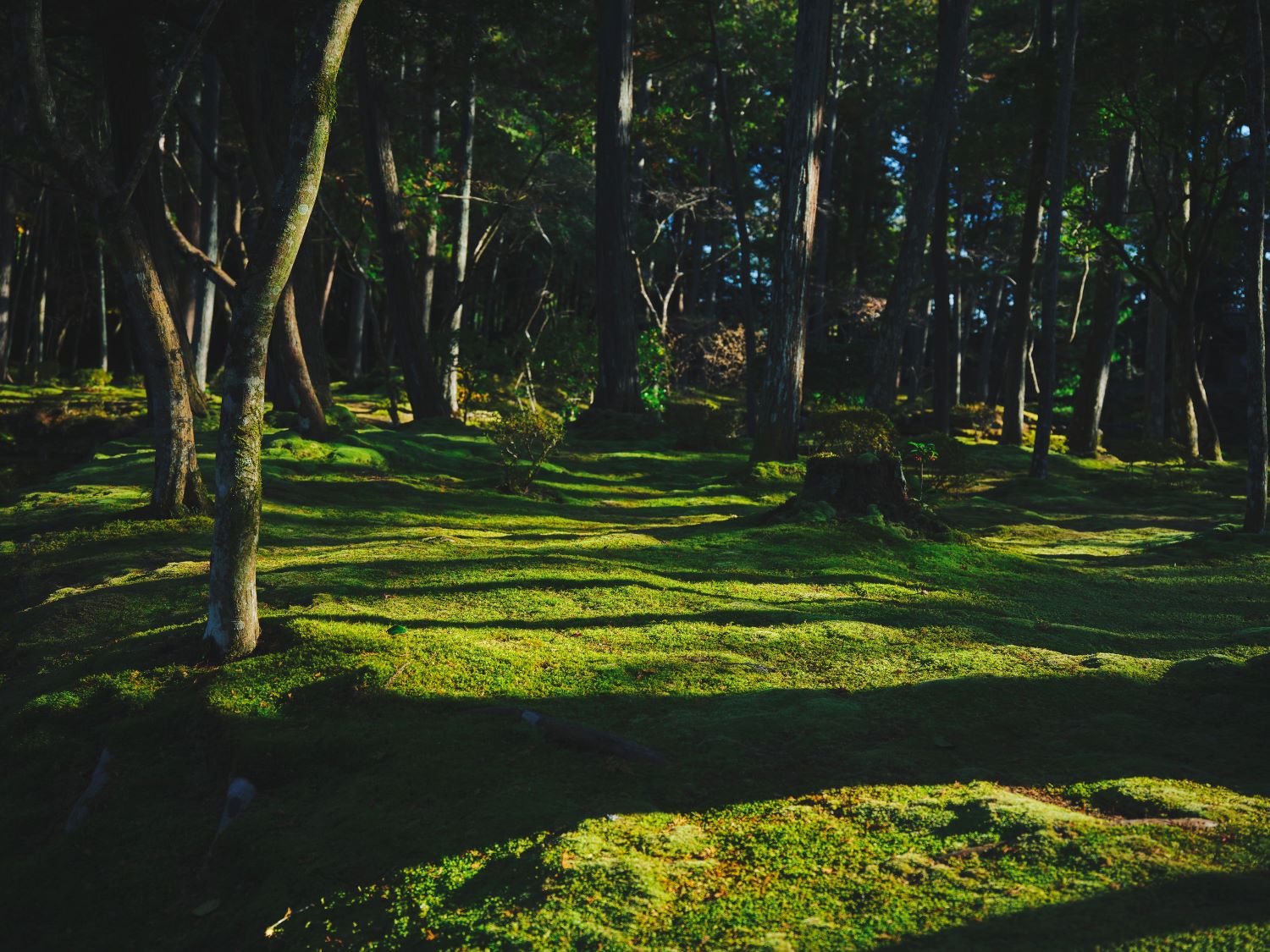2025.2.10
Crossroads of Saihoji
(Second Part)
Mitachi Takashi & Fujita Ryuko
Origins and Journeys at Saihoji
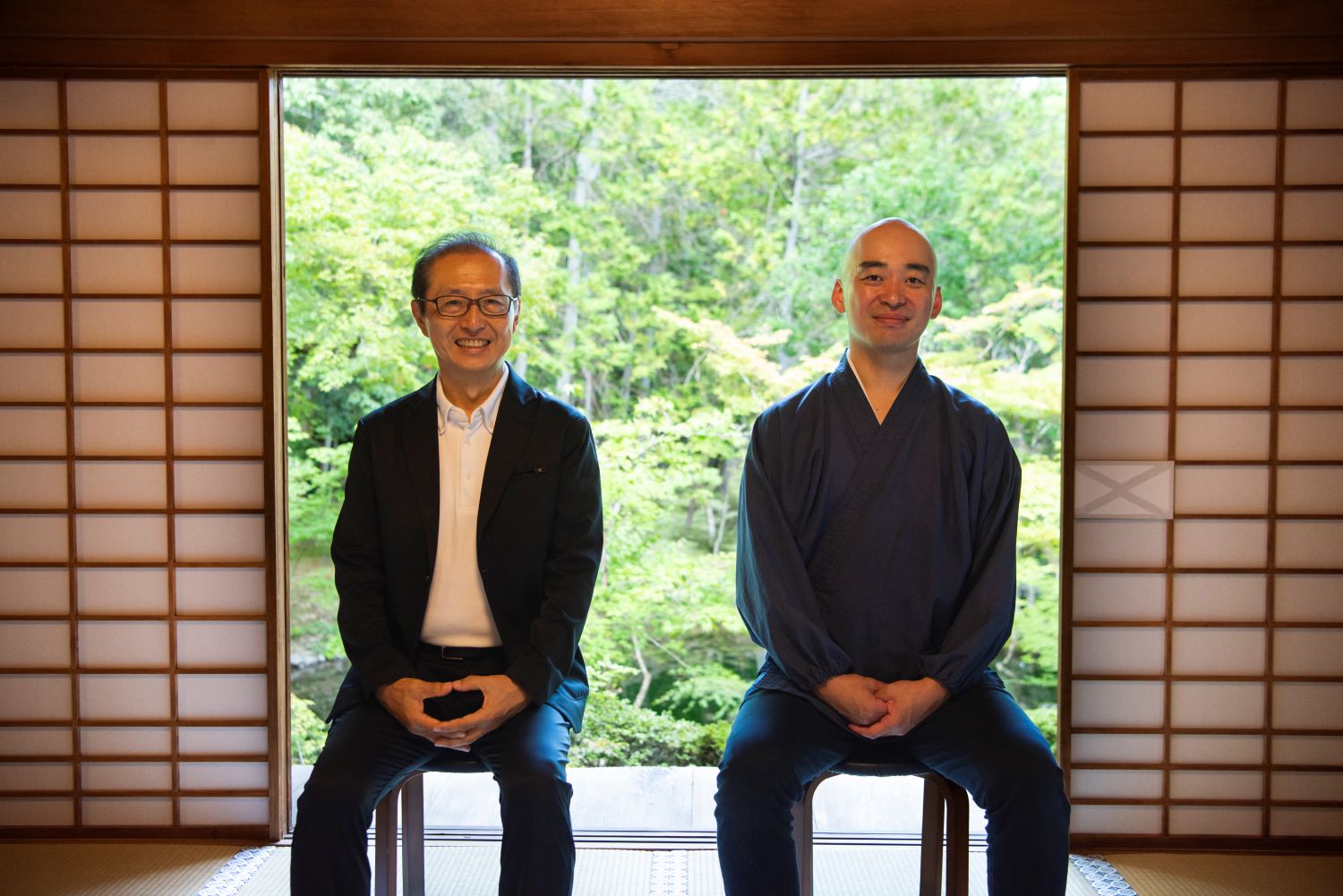
From a variety of perspectives, a senior adviser to Saihoji Mitachi Takashi and Buddhist monk Fujita Ryuko openly discuss the deep appeal of Saihoji, which is more than just a beautiful location. In the second part of this piece, we ask about the state of temples today and the path that Saihoji should take. (Click here for the first part)
Mitachi Takashi
Saihoji senior adviser. Distinguished Professor, Kyoto University Graduate School of Management. Holds a BA from Kyoto University and an MBA from Harvard Business School. After working for Japan Airlines, Mr. Mitachi joined The Boston Consulting Group (BCG) in 1993, where he served as co-chair of the Japan office and member of the BCG Worldwide Executive Committee. He currently teaches at Kyoto University’s Graduate School of Management and sits on corporate boards as an outside director. He is also a board member of the Ohara Museum of Art.
There should be something, but nothing is there. There is nothing, and yet there is something.
What role do you see for Saihoji in the modern day?
Fujita: I think the best thing about this temple is that it has nothing. It has a history, but it has no temple treasures to protect. Neither is it supported by any prominent families of parishioners. Even when the temple gets a hold of something, it ends up burning in a fire or washing away in a flood. The current thinking around cultural properties is to preserve the things of the past, but I believe that the richness of not having and the openness to tolerate such a viewpoint are what Zen should be about.
We may have nothing, but we are here. I learned this from the trees, the moss, the people who were here before me, and the people I work with. That is why I want to hold on to Saihoji’s idea that “There should be something, but nothing is there. There is nothing, and yet there is something.”

Mitachi: That’s fascinating. For example, when we repair the Kannon-do Hall, we probably will not turn it into something fancy. If someone were to try, then I would do everything within my power to stop them.
Sometimes you just know that “This is wrong.” Given the multi-layered nature of history and time, one might say, “This is fitting to Saihoji Temple.” But we don’t have anything explicitly stating that.
Fujita: Yes, that’s right.
Becoming a temple that makes an impact on each individual
Mitachi: I like art, and in the art world, you might hear people saying something is “site-specific.”
Fujita: As in expressing something in a specific place using its own specific characteristics, right?
Mitachi: An artist could spend a great deal of effort to create something, but if the people who see it do not seek some kind of meaning right then and there in that specific location, then the item in question ceases to be “site-specific.” As for Saihoji, there are people who come here multiple times, creating real site-specific experiences as they walk around while thinking about something.
Buddhism in Japan today is organized in a pyramid structure with the head temple of each sect at the top, but this system was actually created by the Tokugawa dynasty during the Edo Period (1603–1867) in order to link the government and Buddhism. In the Meiji Era (1868–1912), graves were passed down from one family to another. Originally speaking, Buddhism and Zen did not have fixed rules or policies.
Going forward, Buddhism needs to create opportunities that will allow individuals to have an impact. That requires a temple, and we must not change that. Nevertheless, there is always something that should be changed. I can’t express it very well, but I think that if we can closely examine this idea that “there is nothing, and yet there is something,” then the impact will naturally come.
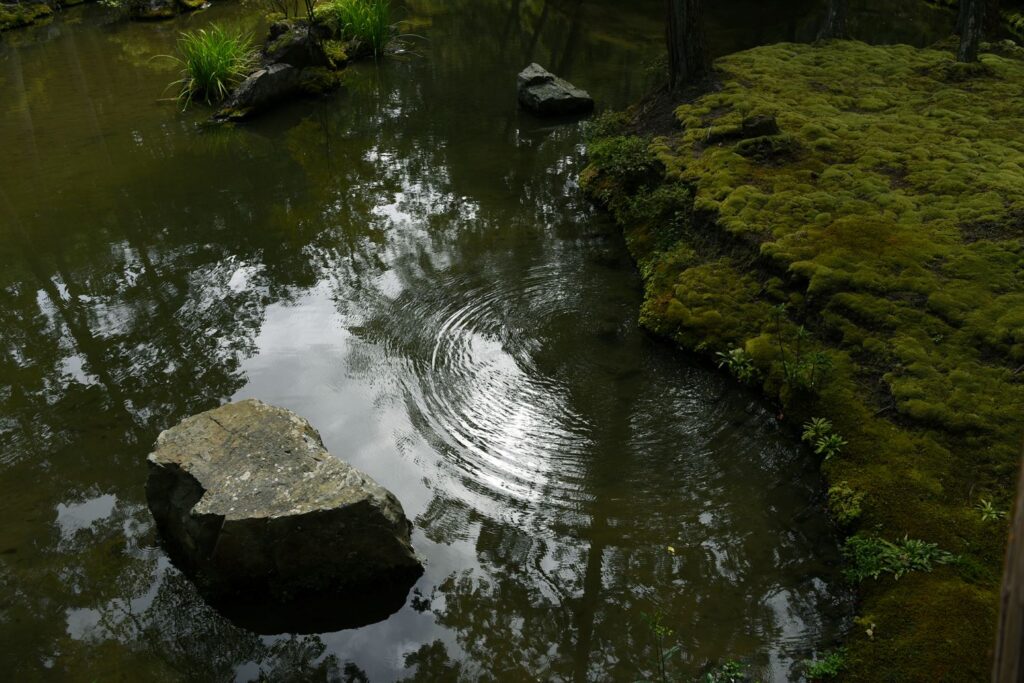
Fujita: What is important is to get across how interesting Buddhism is. Buddhism has been around for 2,500 years because it can be incorporated into daily life, and that makes it a source of life. For example, some people in Japan have rich lifestyles, and that’s something to be grateful for. However, what you have to avoid is to have a rich lifestyle but an impoverished life. I believe that the role of temples is to properly convey the message that Buddhism is necessary to lead a rich life.
Mitachi: Seen from the perspective of Western religious theory, Buddhism is very strange. There is no single set of scriptures like the Old or New Testaments. Throughout the long history of Buddhism, many different types of sutras have been produced.
There is certainly a religious aspect to Buddhism as a stronghold against the four universal sufferings that are beyond human power, namely birth, aging, sickness, and death. On the other hand, there is also an element of philosophy. When I read the Buddhist scriptures, I find that some of the ideas are similar to those of today’s cutting-edge physicists and astronomers. Another thing, especially in Zen, is that there is a strong physicality to Buddhism. When you practice zazen, you sit and breathe. If you are at Saihoji, then you also walk. There is clearly an aspect of technology that creates this kind of sense of self-regulation.
In other words, there is much about Saihoji that is appealing in terms of religion, philosophy and physical techniques, and I would like people to get to know the temple on a deeper level, starting with the areas that interest them. Some people may want to try them all out. It is our responsibility to create such diverse entry points, and I don’t think we should run away from that.

Creating a connection to Saihoji for the next generation
Fujita: I also want to create an entrance to Buddhism and a temple for young people. At Saihoji, we have our “Under 30” program and internships for university students. We would like to continue our efforts to create opportunities for young people to experience the richness that only the young can experience.
Mitachi: For the next generation. That is absolutely one of the temple’s responsibilities. When I think back to my adolescence, I remember seriously questioning who I am and what my identity is. I was once saved by doing something physical.
If we can offer young people the opportunity to help out in various ways, such as cleaning up the garden, I think they will be able to look at what they are struggling with a little more objectively. It would be good if our generation could support such efforts with our time and money. For example, if young people were going to stay for a month, such as in a retreat, we could cover the cost of their food with donations.
Fujita: I should be thankful for my birth, create a cycle for the next generation, and that will lead us to overall happiness. I was reminded that the role of temples must be to redefine what it means to live a rich life and communicate this to the world.

Interviewed and edited by: MIYAUCHI Toshiki
Written by: HOSOTANI Kana
Photographed by: MOCHIZUKI Sayaka
*These photos were with permission.


